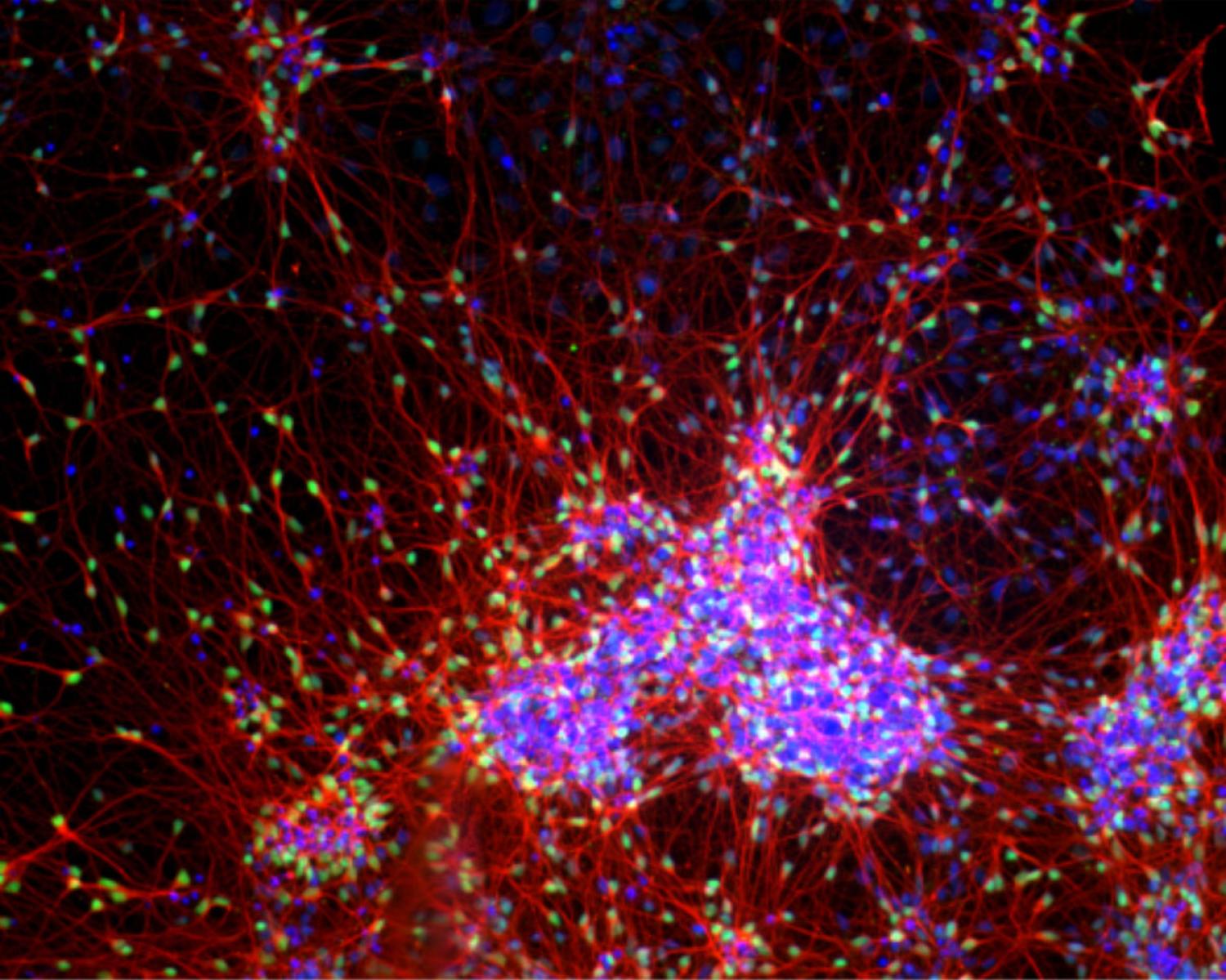Transcriptome analysis in iPSC-derived and reprogrammed neurons from Down Syndrome cells
Linda Crnic Institute Grand Challenge
Down Syndrome (DS) results from an extra copy of Chromosome 21, and it is believed that the resulting extra copies of genes on this chromosome lead to Down Syndrome traits. It is assumed that the extra copies of chromosome 21 genes results in the higher expression of these genes, and it is the increased expression of a subset of genes that results in specific Down Syndrome traits, such as intellectual disability. In hopes of identifying this subset of we have undertaken an extensive transcriptome analysis of paired trisomic/disomic induced pluripotent stem cells (iPSCs) and cortical neuronal cultures derived from them. Unexpectedly, the trisomic iPSCs we characterized expressed neuronal markers, and readily differentiated into cortical neuronal cultures. Comparison of our data with similar recent studies leads us to propose that propose that chromosome 21 trisomy may prevent stem cells from attaining full pluripotency.

Cortical neuronal culture differentiated from iPSCs trisomic for chromosome 21 (40 days after initiation of differentiation protoco.) The culture is stained for DNA (blue), beta tubulin III (red) and cortical layer VI transcription factor TBR1 (green).

